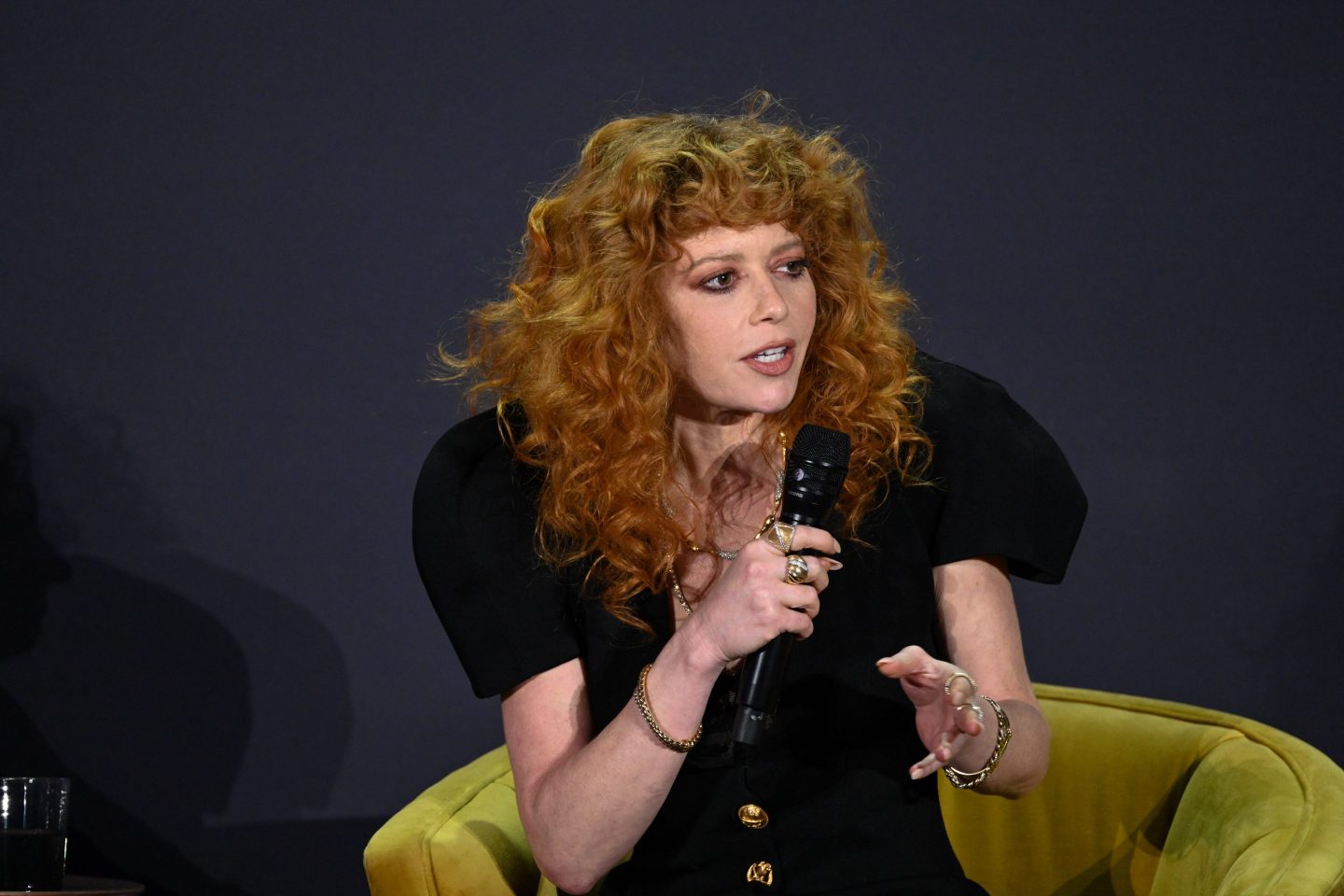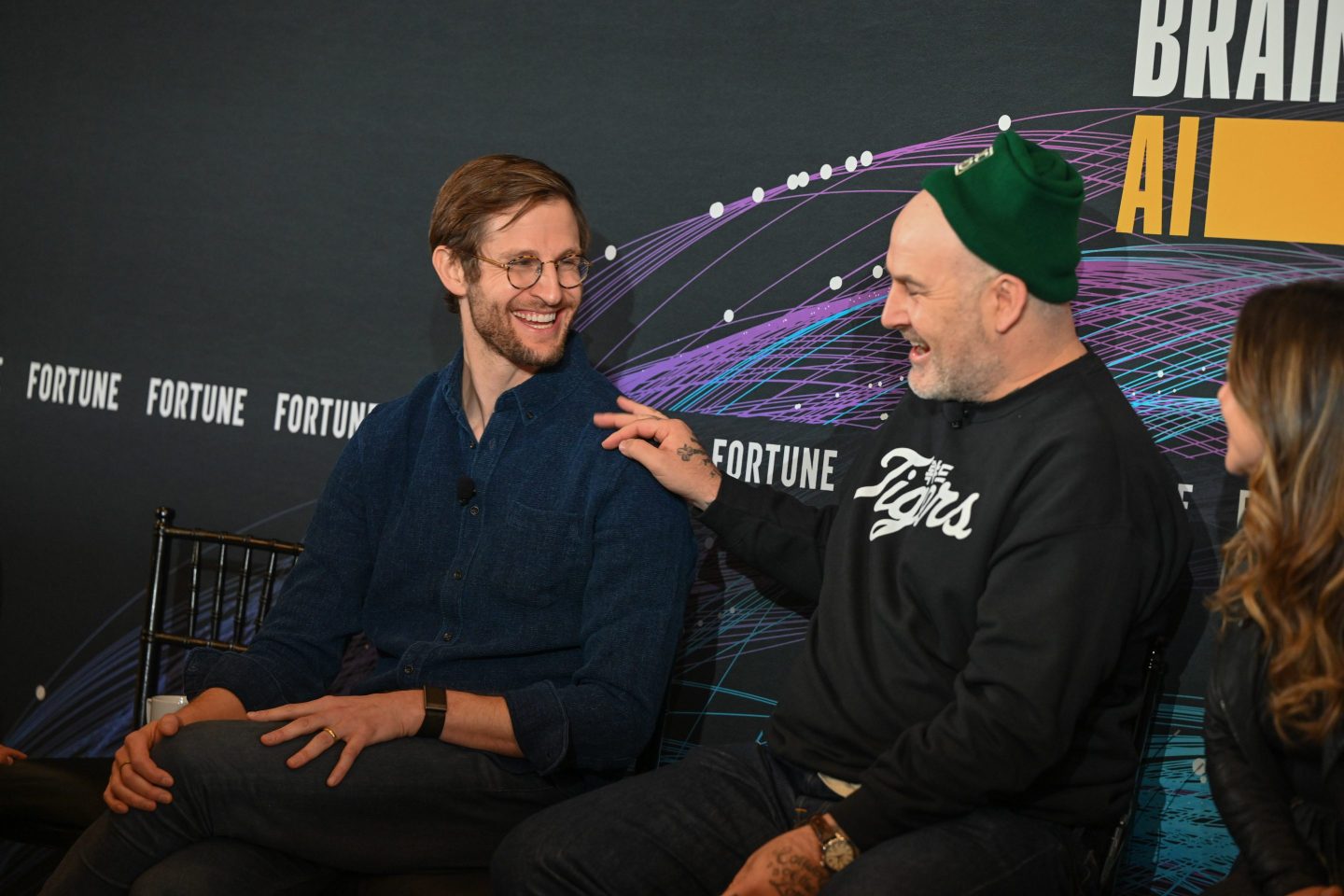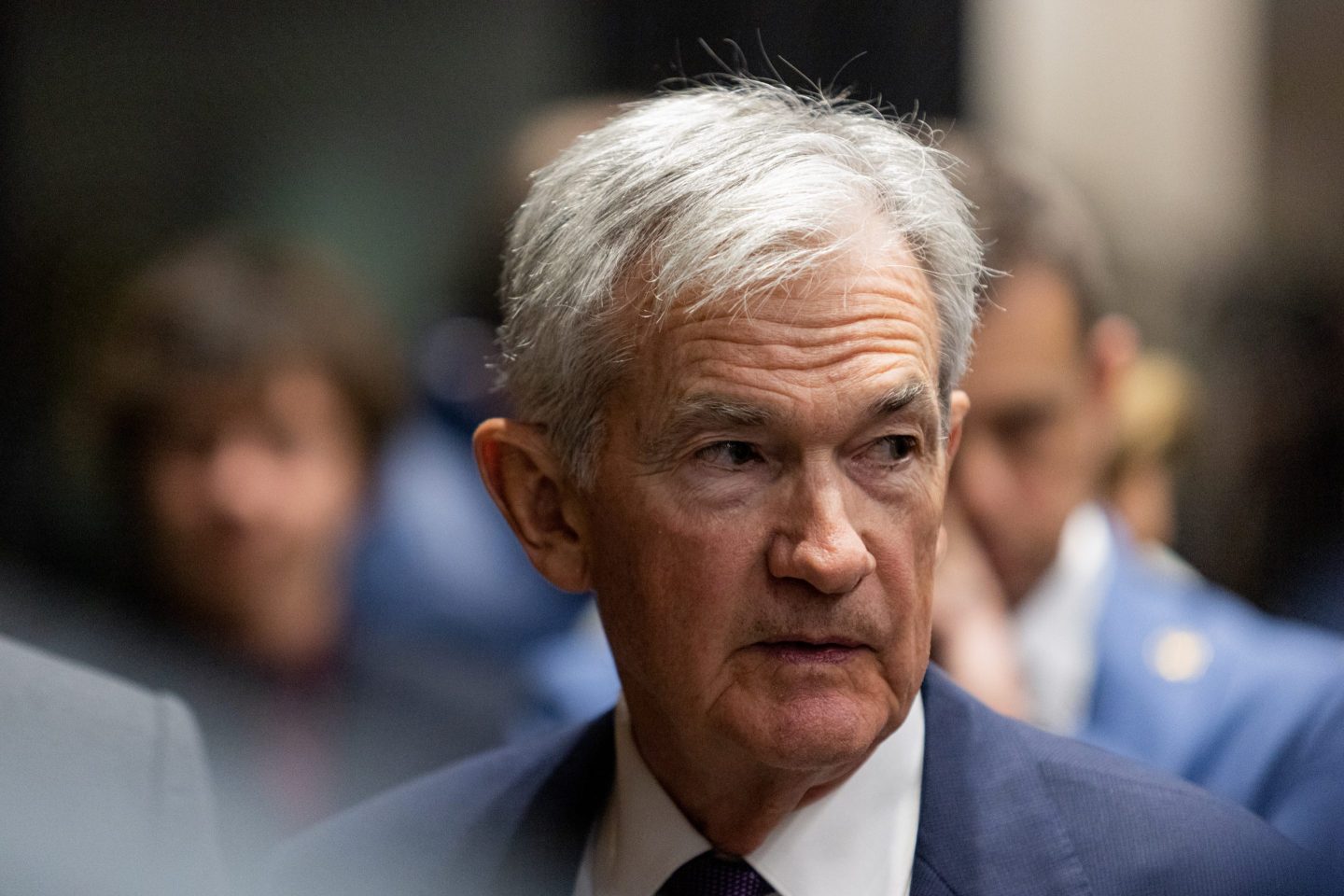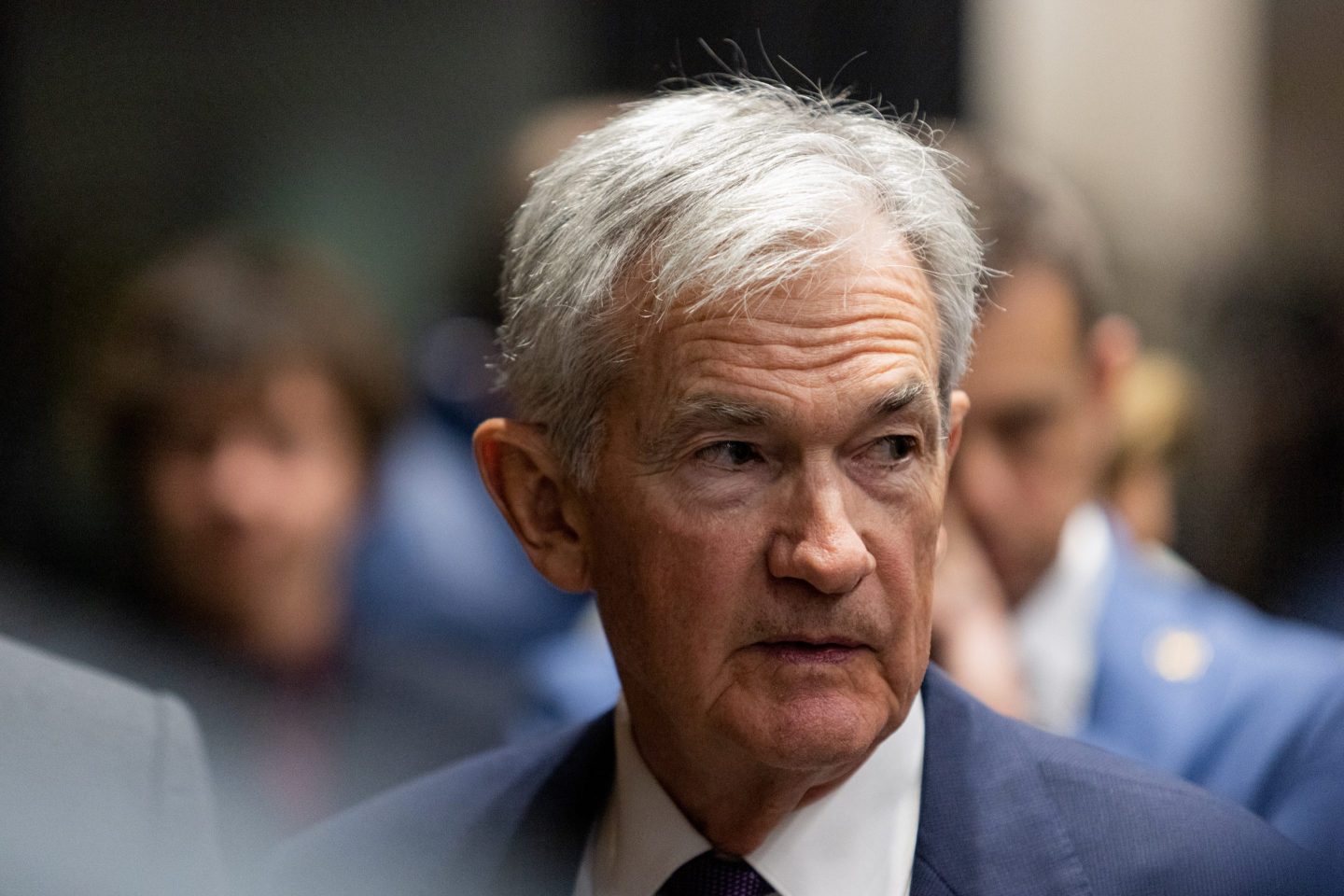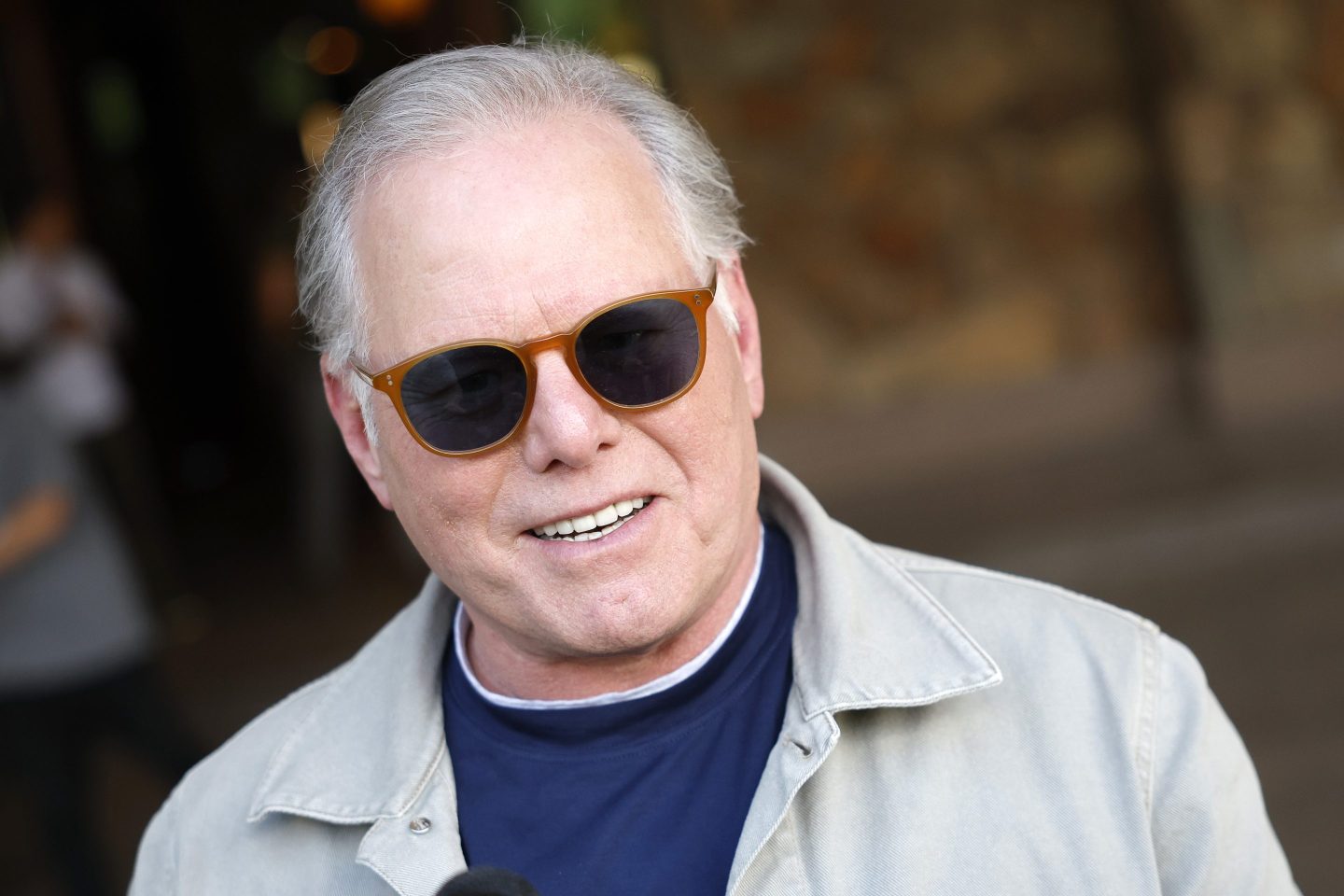Shortly after joining MassMutual in 2013 as its first data scientist, Sears Merritt created a small team to figure out how data, machine learning, and other forms of artificial intelligence could improve life insurance.
“A life insurance company, maybe to everyone’s surprise, is sitting on a wealth of information that no other business actually has access to,” says Merritt, who was promoted to chief information officer in 2022.
Merritt’s hiring signaled that 174-year-old MassMutual, ranked #102 on the Fortune 500, is focused on taking advantage of new AI technologies by revamping how it handles data. Merritt spent 36 months building an entirely new cloud-based data platform that would let MassMutual collect, store, organize, and ultimately leverage that data for AI.
“All the data that’s needed by things like generative AI, and any models that we created or bring in from outside providers, we integrate directly into that data platform,” adds Merritt.
To demonstrate the power of data science, Merritt and his team, within 18 months, created a mortality risk model. It factors in an individual’s medical history, wealth, and behaviors including physical activity, along with tobacco and alcohol consumption, plus other information, helping MassMutual manage underwriting risk and price policies appropriately. Because MassMutual is owned by its policyholders, and not shareholders, managing risk for each individual policy benefits the broader pool.
“The focus that we paid in laying the groundwork and building a solid kind of data foundation has really, really paid off,” says Merritt.
More recently, and in just nine months, MassMutual created and deployed AI virtual assistants in parts of the business, supporting customer service representatives and financial professionals. The company says it’s seeing early gains in worker productivity from the virtual assistants, which still require a human in the loop for all decisions.
In customer service, employees can use the AI to field questions about policies, including some that were created decades earlier. The ChatGPT-like interface has trimmed the response time by 10%, according to Merritt. There has also been a 5% reduction in the number of calls that financial advisors place into a contact center to get their questions answered.
“What we are positioning MassMutual to do is evolve itself such that the virtual assistants that we are building today become autonomous agents in the relatively near future,” says Merritt.
He describes his approach to getting generative AI to MassMutual’s employees as more “measured” than “aggressive.” Generative AI capabilities have been broadly integrated into all of the company’s productivity and collaboration tools, including Microsoft 365 and Zoom. But for employees to gain access, MassMutual requires formal training to explain what generative AI can and can’t do, while also teaching them about the technology’s risks, including its tendency to make mistakes.
When it comes to choosing which AI to use, Merritt embraces both a buy and build strategy. Some products come from third-party vendors, including Microsoft’s Copilot AI assistant and software code completion tool GitHub Copilot, while others are built in house. MassMutual also takes a multi-cloud approach to avoid vendor lock-in, with most data sitting with the primary cloud provider Amazon Web Services, but some workloads are also with Microsoft’s Azure.
And as of today, all of MassMutual’s generative AI products are used internally, meaning they’re for employees, not customers. There are no plans to give policyholders access, at least in the near future.
“We still have a way to go,” says Merritt. “We’re going to be very, very thoughtful and diligent before we put anything directly in front of a policyholder, because the cost of an error we believe right now is too high to just let these things loose.”
John Kell
Send thoughts or suggestions to CIO Intelligence here.
NEWS PACKETS
Chinese demand for Nvidia’s H20 AI chips appears strong. Reuters reports that major Chinese companies including Tencent, Alibaba, and ByteDance have accelerated orders for Nvidia’s H20 AI chips, welcoming news for the chip maker ahead of the company’s fourth-quarter results on Wednesday afternoon. In recent weeks, Wall Street had expressed concern about Nvidia’s position after Chinese AI company DeepSeek released new models that were trained at the fraction of the price of rival offerings in the U.S., which could upend Nvidia’s position, given the company’s graphics processing units are among the largest expenses in developing AI models. Nvidia’s H20 chips remain “the industry standard” in China and analysts expect the company will generate over $12 billion in revenue from H20 shipments in 2024.
Anthropic debuts new “hybrid reasoning model.” Anthropic has billed the new Claude 3.7 Sonnet as its “most intelligent model to date,” operating as an ordinary large language model that can quickly provide an answer to a question or take more time to self-reflect before answering. As reported by Bloomberg, if a user asks Claude 3.7 Sonnet to spend more time coming up with a response, the model will show written details explaining its thought process, a design choice that rivals including OpenAI and DeepSeek have also deployed. The new model rolled out on Monday to free and paid users, alongside a new AI-assisted coding tool called Claude Code, is available as a limited research preview.
Google-Salesforce, Nvidia-Cisco ink AI-related partnerships. As Bloomberg notes, some of the biggest names in tech are partnering to offer customers a more expansive range of AI products and services. A couple of recent examples this week include a contract worth at least $2.5 billion signed by Salesforce for cloud-computing services from Google. The deal lets Salesforce run its Agentforce, Data Cloud, and Customer 360 Apps products on Google Cloud. Separately, Nvidia extended a pact with networking-equipment company Cisco Systems to make it easier for customers to deploy AI systems.
Alibaba to spend billions on AI and cloud, but tariffs weigh on stock. Chinese tech giant Alibaba is having a mixed week, generating some buzz after committing to spending more than $50 billion on AI and cloud computing over the next three years in what the company says is an effort to reinforce its long-term technological innovation. Alibaba, which last week reported a 8% increase in quarterly revenue, didn’t disclose how it would allocate the new funding on AI and cloud. But on Monday, Alibaba’s stock tumbled on worries about U.S.-China trade tensions, after the Trump administration sent a memo to the Committee on Foreign Investment in the U.S. to curb Chinese spending on sectors that are strategic to the U.S., including tech.
ADOPTION CURVE
Developers may need a larger role to manage cloud costs. Just over half of U.S. and U.K. developers and engineering leaders say there is disconnect when it comes to who monitors cloud usage and spending at their companies, according to a new survey.
The survey, backed by DevOps platform Harness in partnership with AWS, said that the FinOps teams—a mix of financial and operations teams—are largely in charge. But software developers, who are actually on the front line when it comes to using the technology, are mostly out of the picture when it comes to managing the cost.
Asked who is responsible for cloud usage and spending at their companies, 51% of the 700 respondents said the cloud operations team, followed by finance (45%) and then IT (41%). Meanwhile, only 13% said their development team was responsible.
Jyoti Bansal, CEO and cofounder of Harness, says developers should be much more involved given that cloud costs are so intrinsically linked to the development of applications and coding. “The people who are creating the expense are not accountable for it,” Bansal told Fortune.
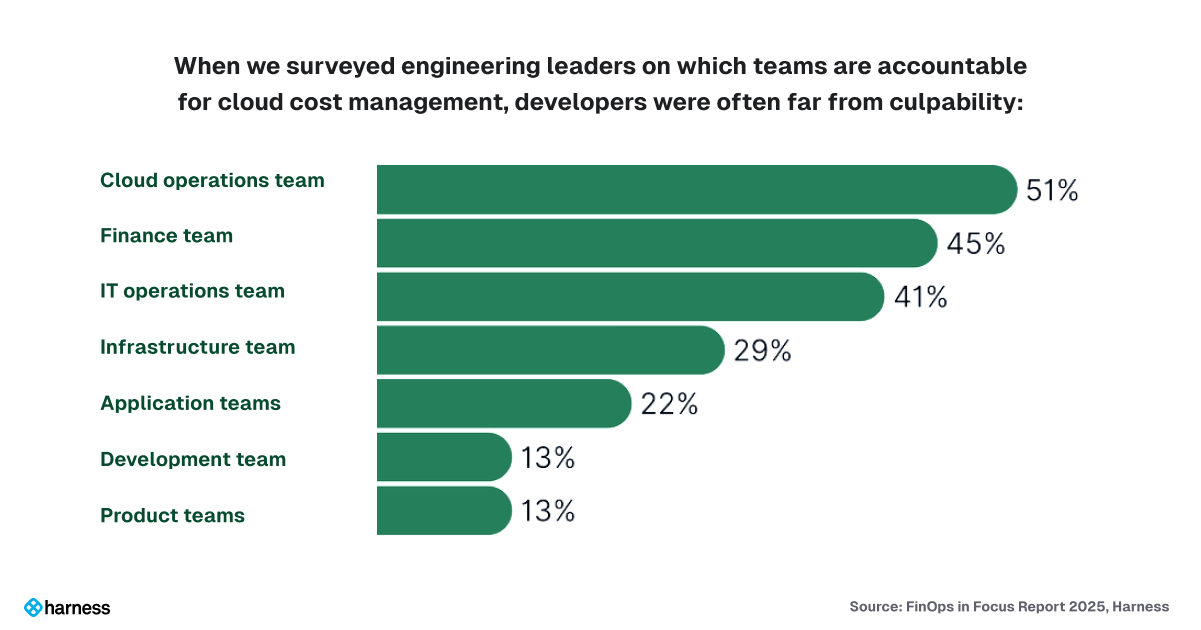
JOBS RADAR
Hiring:
- Skidmore, Owings & Merrill is seeking a CIO, based in New York City. Posted salary range: $190K-$240K/year.
- The 9/11 Memorial & Museum is seeking a CIO, based in the New York City metropolitan area. Posted salary: $225K/year.
- Project HOPE is seeking a CIO, based in Washington. Posted salary: starting at $167K/year.
- Redwood Credit Union is seeking a CIO, based in Santa Rosa, Calif. Posted salary range: $400K-$453K/year.
Hired:
- SailPoint appointed Chandra Gnanasambandam to the roles of EVP of product and CTO, joining the cybersecurity company after a two decades-long career at McKinsey, where he most recently co-led the firm’s global high-tech practice. Gnanasambandam also previously cofounded McKinsey’s investor and startup arm, Fuel, and was a founding partner of McKinsey’s Bangalore office in India.
- Quickbase announced three executive appointments, including the promotion of Jon Kennedy to CTO and naming Deepali Bhoite as chief information security officer. Kennedy joined the software development company in 2020 as VP of engineering, after previously holding leadership roles at Amazon Web Services. Bhoite was most recently CISO at software company Anaplan.
- Dispersive Holdings appointed Greg Akers as an advisor and chief information security officer, joining the cybersecurity company from Cisco Systems, where he was most recentlySVP and CTO of advanced security research and government. Akers has also served as a cybersecurity advisory to the U.S. government, including the Department of Defense and the federal intelligence community.
- Cruxannounced Naggi Asmar as CTO, joining the data management company after decades of leadership at software companies, including as chief engineering officer at Matillion, senior VP of engineering at Medallia, and VP of development at Oracle.
- Orion Talentappointed Pramod Patil as CTO, where he will oversee the technological strategy and implementation for the provider of staffing and recruitment services for veterans and military personnel. Most recently, Patil was a director of cloud architecture and product engineering at ADP. He also previously held leadership positions at Zebra Technologies and Accion Labs.
- Digonexnamed Tom Chiarella to the role of chief product and technology officer, joining the dynamic pricing software developer to oversee the product, development, and data analysis teams. Chiarella most recently served as EVP and head of product at Gateway Ticketing Systems. He has also held roles at Boeing and the Pittsburgh Supercomputing Center.

